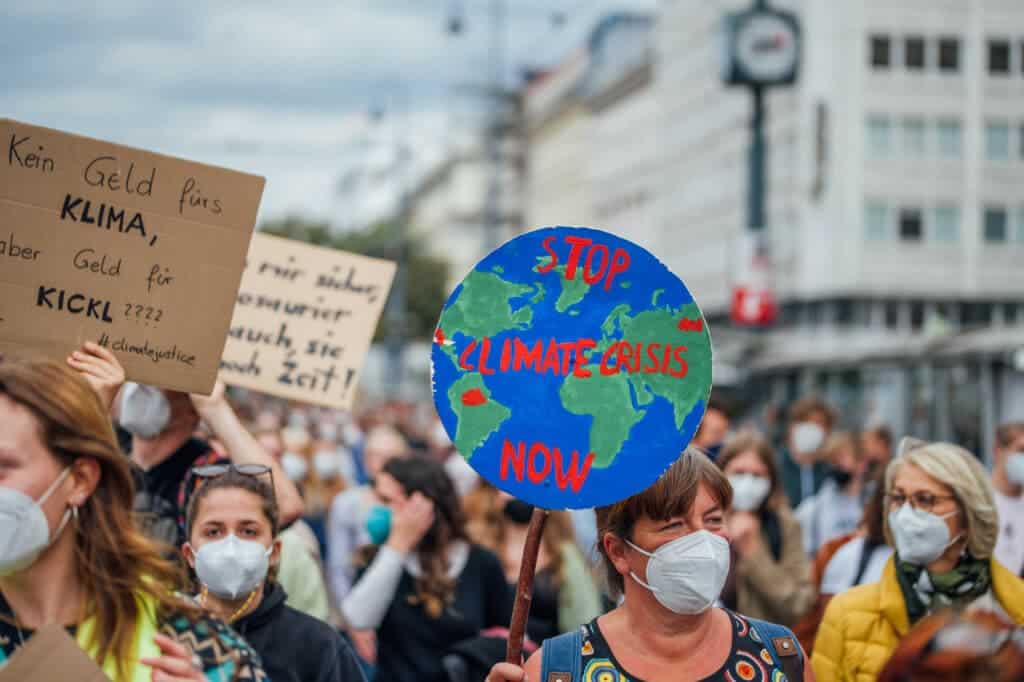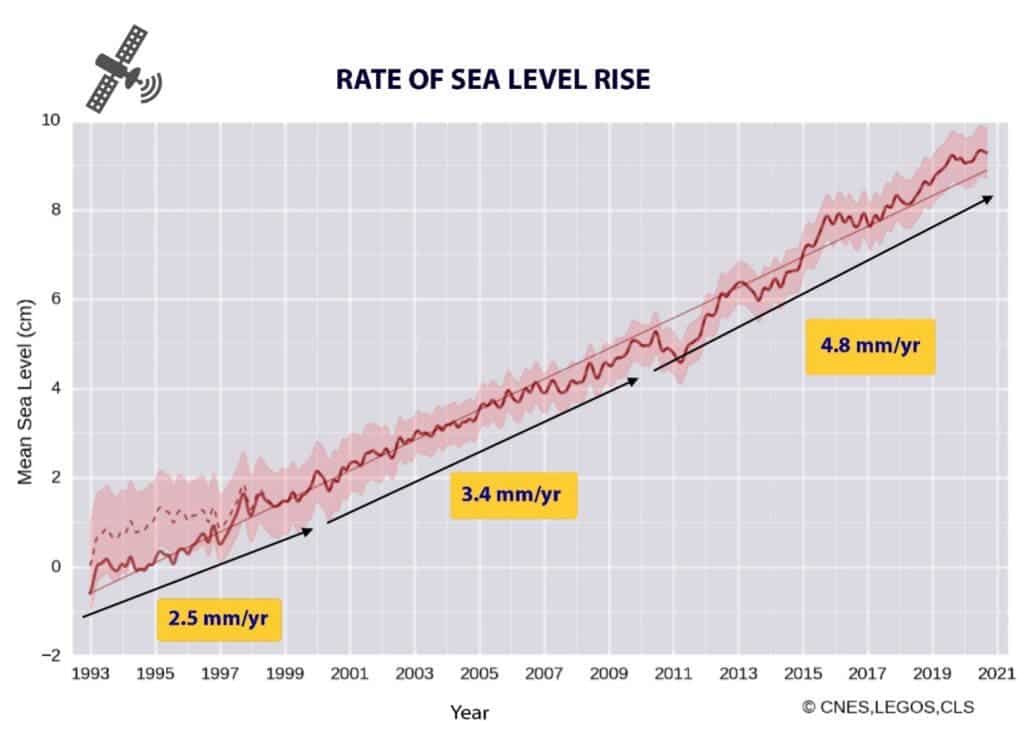Four critical indicators of the climate crisis broke records last year, from the levels of greenhouse gas emissions in the atmosphere to rising oceans, according to a UN report. This is yet another piece of evidence that human activities are causing wide changes on land, in the ocean, and in the atmosphere, with harmful consequences, the UN said.

The UN’s World Meteorological Organization (WMO) found that sea-level rise, ocean heat, ocean acidification, and greenhouse gas concentrations set new records last year. UN head Antonio Guterres said the annual overview is a “dismaying litany of humanity’s failure” to address the climate crisis, also describing the energy system as “broken.”
WMO confirmed that the past seven years were the top seven warmest years on record. The year 2021 was “only” one of the warmest because of back-to-back La Niña events at the start and end of the year. This had a temporary cooling effect. However, the average global temperature last year was 1.1 degrees Celsius above pre-industrial levels.
“Our climate is changing before our eyes. Human-induced greenhouse gases will warm the planet for many generations to come. Some glaciers have reached the point of no return and this will have long-term repercussions in a world in which more than two billion people already experience water stress,” WMO head Pettteri Taalas, said in a statement.
Indicators of the climate crisis
In its report, WMO addressed four indicators that “build a consistent picture of a warming world” that is affecting the entire planet. First, greenhouse gas concentrations, which reached a global high in 2020. The concentration of carbon dioxide (CO2) was 413.2 parts per million (ppm) globally, 149% over pre-industrial levels.
Preliminary data shows emissions continued to rise in 2021 and early 2022. The Mona Loa observatory registered 413.2 ppm in April 2020, 419.05 ppm in April 2021, and 420.23 ppm in April 2020, the report said. Almost a quarter of the emissions are absorbed by the oceans. This makes them more acidic, threatening overall marine wildlife.
The report also found global mean sea level (GMSL) reached a new record high, rising an average of 4.5 millimeters from 2013 to 2021. This is drastically higher than the 2.1 millimeters per year between 1993 and 2002. For the WMO, this increase happened because of the “accelerated loss of ice mass from the ice sheets.”

Ocean heat also broke a new record last year, exceeding the 2020 value. This is expected to continue in the future, especially in the upper 2,000 meters of the ocean – a change that the WMO described as irreversible on centennial to millennial scales. Ocean heat determines sea temperature and also affects sea level and currents.
Responding to the report’s findings, UN head Guterres proposed a set of actions to accelerate the transition to renewable energy “before it’s too late.” Among them, he suggested tripling investment in renewables, ending fossil fuel subsidies, and making renewable energy technology, such as batteries, freely-available public goods.
“The report is another stark reminder – if any were needed – of the consequences of humanity’s continuing emissions of greenhouse gases through the burning of fossil fuels,” Andy Turner, University of Reading researcher, said in a statement. “But these are not speculative theories about the future: they are real changes that we are experiencing now.”






